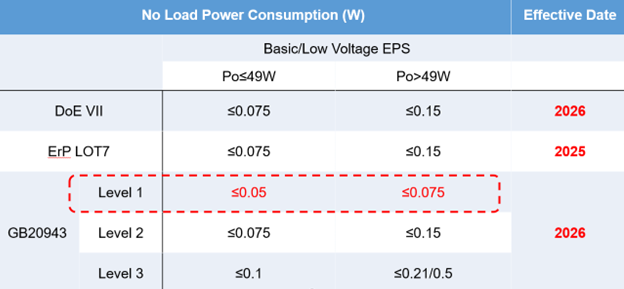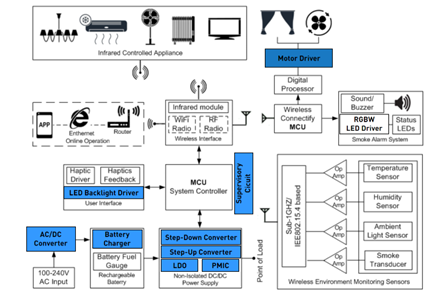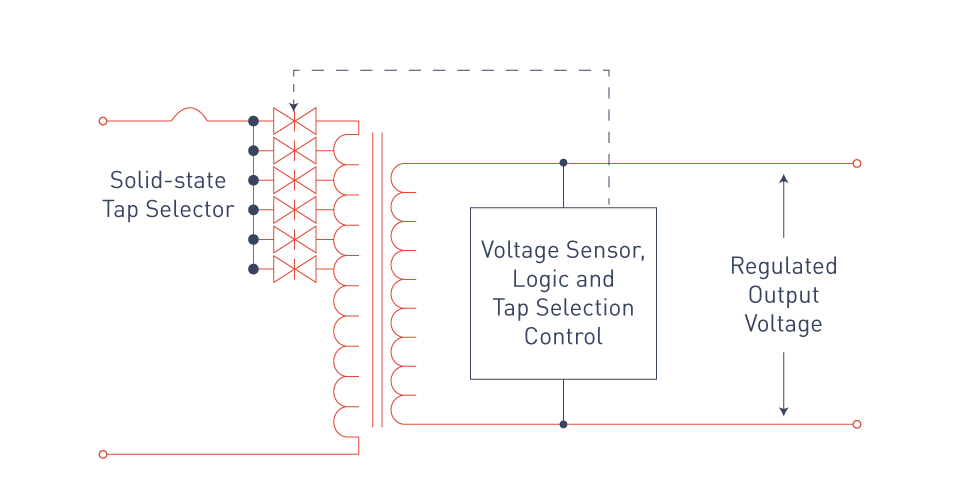Frequency and Voltage Standards Used Worldwide
The adoption of global AC power standards, particularly those involving frequency and voltage, has had a significant impact on the development and deployment of electrical infrastructure and devices around the world. However, these standards vary, resulting in a heterogeneous worldwide landscape of electrical systems. Understanding these standards and their global variants is critical for engineers, designers, and policymakers working in the international electrical equipment industry.
Frequency Standards: 50 Hz/60 Hz
The two most common frequency standards for AC power systems are 50 and 60 Hz. Historically, these frequencies were selected depending on the technological preferences and manufacturing capabilities of early electrical equipment engineers from various locations. Nikola Tesla and George Westinghouse's work encouraged the widespread adoption of the 60 Hz standard in North America. In contrast, much of Europe, Asia, Africa, and portions of South America adopted 50 Hz, following innovations spearheaded by firms such as AEG in Germany, who lobbied for a lower frequency due to claimed benefits at the time, such as fewer transformer and generator losses.
Voltage Standards: 110V/220V/230V
Comparably, the voltage standards of international AC power systems differ as well, often falling into two groups: lower voltages, typically 110-120V, which are utilized in North America and certain regions of Japan, and higher voltages, typically 220-240V, which are prevalent in Europe, Asia, Africa, and Australia. Because of early electrical appliances' technical limits and safety concerns, several countries initially adopted lower voltages. Higher voltages, however, are more effective at transmitting electricity over long distances because they produce smaller transmission losses, which has led to their acceptance in many other regions of the world.
To integrate electrical networks across member states, the European Union is moving toward 230V (with a tolerance that accepts both 220V and 240V equipment). This transition was intended to simplify manufacturing and lower the expenses associated with producing distinct models for different nations.
Reasons Behind Variations
The difference in global AC power standards, particularly in frequency and voltage, is not arbitrary, but rather the product of a complex interplay of historical, technical, and economic variables. These discrepancies have their origins in the early development of electrical power networks and have been exacerbated by the difficulties associated with standardizing existing infrastructures. Understanding the reasons for these differences is critical for understanding the complexity of global electrical systems and the issues that engineers and manufacturers face in the international arena.
Historical Development: The initial frequency and voltage specifications for electrical power networks were heavily impacted by technology limits and practical factors at the time of invention. In the late nineteenth and early twentieth centuries, electrical power technology was in its infancy, and innovators and engineers around the world worked individually to build systems that best matched their current needs and available technology. For example, the design of early generators and motors that performed optimum at 60 Hz influenced their acceptance in the United States. Meanwhile, throughout Europe, 50 Hz was selected for identical reasons, reflecting the views of significant figures and companies involved in the development of electrical infrastructure.
Technical Considerations: The development of various standards was also significantly influenced by technical considerations. fewer frequencies—like 50 Hz—for instance, may be more beneficial for long-distance power transmission since they result in fewer capacitance losses in the cables. Higher frequencies—such as 60 Hz—allow for the use of lighter and smaller electrical apparatus, which is advantageous in situations where weight and space are important factors. Similarly, lower voltages are thought to be safer for residential and commercial settings, but higher voltages are more effective at transmitting electricity over long distances with little loss. This influences the initial choice of voltage levels.
Economic and Political Influences: Economic and political factors have also contributed to the maintenance of various power standards. Once a country or region invested in a specific electrical system, the expense of switching to a different standard became prohibitively expensive, thus locking in the original choice. The construction of national and regional power networks based on these standards reinforced these decisions, making cross-border standardization an even more difficult undertaking. Political policies, motivated by the need for energy independence or the power of local industry, exacerbated these disparities.
Legacy Systems and Infrastructure: The legacy of existing electrical infrastructure creates a considerable obstacle to change. With existing networks of electricity producing facilities, transmission lines, and distribution systems, adapting or upgrading these systems to comply to a single global standard presents enormous economic and logistical hurdles. As a result, the original standards have mostly stayed unchanged, with tweaks and alterations made to accommodate new technologies and cross-border compatibility.
Implications for International Electrical Equipment Design and Compatibility
Significant issues and considerations for the design and interoperability of international electrical equipment arise from the discrepancies in global AC power standards, particularly in frequency (50 Hz vs. 60 Hz) and voltage levels (110V/220V/230V). These differences impact not just the external appearance of electrical gadgets but also their marketability, safety, and operating effectiveness in various geographical areas. The complex effects of these standards on the international electrical equipment market are examined in this section.
Design Considerations: Manufacturers of electrical equipment need to take into consideration the variations in voltage and frequency standards when creating goods for global markets. Devices intended for a 60 Hz system, for example, would not function effectively or safely on a 50 Hz system because of variations in the electrical characteristics that impact timing mechanism performance, motor speed, and transformer efficiency. In a similar vein, variations in voltage call for the employment of various parts, such as transformers and voltage regulators, to guarantee that the equipment can withstand the power supply in the intended market without breaking down or posing a safety risk.
Operational Efficiency and Safety: The AC power standards of the area in which electrical equipment is utilized have a direct impact on its efficiency and safety. Unoptimized devices for the local power system can lead to higher operational losses, shorter lifespans, and an increased danger of electrical fires or overheating. To reduce these hazards, manufacturers must thoroughly test and certify their products for a range of standards, making sure they adhere to all applicable laws and safety regulations.
Marketability and Consumer Convenience: The consumer's convenience and the marketability of electrical products are also affected by variations in AC power standards. Multi-standard compatible devices offer a wider market potential, but they may need extra features like universal power supply or adjustable plugs, which can raise the cost and complexity of manufacture. On the other hand, goods made to a certain standard might be less adaptable, but they can still be enhanced for efficiency and affordability in that particular market. When developing their global sales and distribution strategies, manufacturers need to take these variables into account.
Regulatory Compliance and Certification: Compliance with local regulatory regulations is an important aspect of international electrical equipment design. Manufacturers face a complicated environment of certifications and approvals, including CE marking in Europe, UL listing in the United States, and CCC certification in China. These certifications testify to a product's compliance with applicable safety, health, and environmental protection regulations, which are frequently linked to local AC power requirements. Compliance involves a large investment in testing, documentation, and quality control methods.
Innovative Solutions and Global Trends: In response to these issues, the industry has developed new ways to improve compatibility and convenience. Universal power adapters, multi-standard devices, and power conversion technologies have grown in popularity, allowing a single product to be used in many regions. Furthermore, there is an increasing trend of standardizing particular device categories, such as USB charging for tiny electronics, which minimizes reliance on specialized AC power standards.






直接登录
创建新帐号